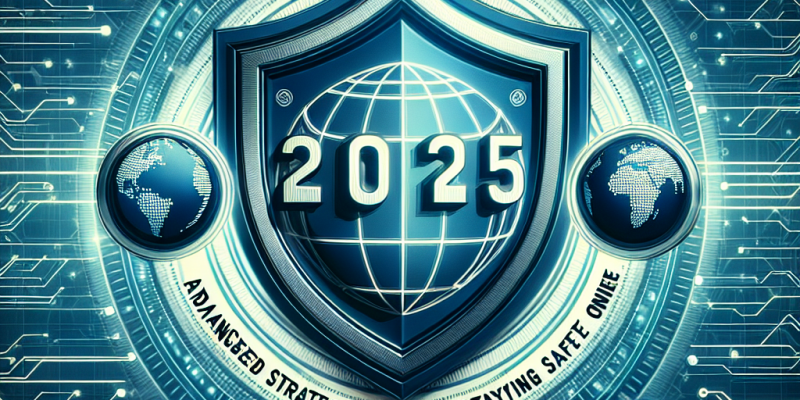Phishing in 2025: Advanced Strategies for Staying Safe Online

As we move deeper into 2025, phishing attacks have become more sophisticated than ever. Cybercriminals use advanced technologies and tactics to trick people and steal their personal information. In this article, we will explore the latest trends in phishing and give you useful strategies to stay safe while browsing online.
What is Phishing?
Phishing is a method used by hackers to deceive individuals into giving away sensitive information, such as passwords, credit card numbers, and social security numbers. Usually, they do this through fake emails, websites, or messages that appear to be from trusted sources. In 2025, these attacks have evolved significantly, making it more crucial for individuals to remain vigilant.
Latest Trends in Phishing
1. Deepfake Technology
In 2025, deepfake technology has made it easier for criminals to create realistic fake videos and audio recordings. Scammers can impersonate company executives, celebrities, or even your friends. This technology can make phishing attempts more convincing, leading to higher success rates.
2. AI-Driven Phishing Kits
Cybercriminals are now using artificial intelligence (AI) to craft personalized phishing emails. These emails can include information gathered from social media profiles, making them appear genuine and more likely to deceive recipients.
3. Smishing and Vishing
While email phishing is still common, scammers are increasingly using SMS (short message service) and voice calls. Known as “smishing” and “vishing,” these methods are effective because people are often less suspicious of messages or calls on their phones.
4. Increased Use of Multi-Factor Authentication
In response to rising phishing attacks, many companies are implementing multi-factor authentication (MFA). This adds an additional layer of security, requiring users to verify their identity through different means, such as receiving a code via text message or using an authentication app.
Strategies to Stay Safe Online
1. Be Skeptical of Unexpected Messages
Whether it’s an email, text, or call, always question unexpected messages, especially if they ask for personal information or quick actions. Verify messages directly with the supposed sender using official contact information.
2. Use Strong, Unique Passwords
Create strong, unique passwords for all your accounts. Consider using a password manager to keep track of them. Avoid using easily guessable information, such as birthdays or names.
3. Enable Multi-Factor Authentication
Whenever possible, enable multi-factor authentication. This extra step can help protect your accounts even if your password is compromised.
4. Keep Your Software Updated
Regularly update your operating system, web browsers, and applications. Updates often include security patches that protect against the latest threats.
5. Educate Yourself and Others
Stay informed about the latest phishing tactics and share this knowledge with friends and family. Awareness is one of the best defenses against phishing attacks.
6. Use Security Software
Invest in reputable security software that includes protections against phishing. Many programs can filter out suspicious emails and block malicious websites.
Conclusion
As we navigate through 2025, phishing attacks continue to evolve in both complexity and frequency. By understanding the latest trends and employing advanced strategies to protect yourself, you can significantly reduce your risk of falling victim to these attacks. Stay alert, educate yourself, and take proactive measures to secure your online presence. Remember, being cautious and informed is your best defense in the digital world.














